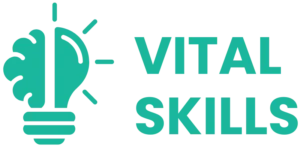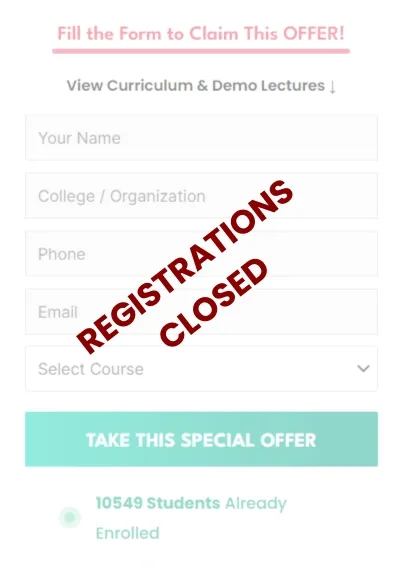Roadmap for UI/UX Designer
1. What is User Experience (UX) Design?
2. Understanding UI/UX Design
3. Defining UI/UX Designer
4. Traits of UI/UX Designer
5. UI/UX Designer‘s Journey Through History
6.Advantages of Pursuing a Career in UI/UX Design
7.Skills Essential for a UI/UX Designer to Master
8. Becoming a UI/UX Designer: Essential Steps
What is User Experience (UX) Design?
User Experience, often called UX, pertains to how an individual perceives and interacts with a company’s digital products or services. It encapsulates a user’s overall feelings and impressions while engaging with a digital platform.
UX encompasses the immediate experience during product usage and extends to the user’s post-interaction sentiments. This includes their holistic encounter with elements such as websites, blogs, online systems, or applications, irrespective of a company’s complete digitization status
Understanding UI/UX Design
What is User Interface (UI) Design?
User Interface (UI) design focuses on creating interfaces that seamlessly guide users through digital applications during their usage. Upon a user’s entry into a website or application, specific actions are intended to be facilitated.
Therefore, proficient UI design endeavors to orchestrate user navigation and facilitate intuitive actions, ensuring a smooth and natural user experience. For instance, if the objective is to prompt a user to initiate contact with a seller, every page aspect, including content, navigation menus, call-to-action (CTA) buttons, and imagery, should collectively motivate the user towards this desired action.
Defining UI/UX Designer
A UI/UX designer is a professional who specializes in crafting user interfaces (UI) and user experiences (UX) for digital products and services. They combine creativity with an understanding of human behavior and technological capabilities to design interfaces that are intuitive, visually appealing, and easy to use. UI/UX designers collaborate closely with stakeholders, including developers and product managers, to ensure that the final product meets both user needs and business objectives. Their role involves conducting user research, creating wireframes and prototypes, and iterating designs based on feedback to deliver compelling and user-centric digital experiences.
Traits of UI/UX Designer
- Planning and implementing novel designs
- Interpretation of data and qualitative feedback
- Optimization of existing user interface designs
- Testing for user experience
- Planning and conducting user research and competitor analysis
- Crafting user stories, personas, and storyboards
- Determining information architecture and creating sitemaps
- Generating prototypes and wireframes
- Communicating scenarios to hypothetical users and interaction models to product collaborators
- Collaborating with creative heads and designers to integrate brand identity into products
- Developing app mockups and specifications
- Conducting competitive analysis of similar websites
- Preparing customer analysis reports based on demographics, targets, and transactions
- Coordinating with design, product, sales, and marketing teams for product creation and marketing effectiveness
- Tracking usability goals and generating reports for senior management
- Creating mockups for development and design teams
- Conducting usability tests on various website pages and compiling findings reports
UI/UX Designer's Journey Through History
The history of UI/UX design is a fascinating journey that parallels the evolution of technology and human-computer interaction. It began with the rudimentary interfaces of early computers, focusing primarily on functionality over aesthetics. With the rise of graphical user interfaces (GUIs) in the 1980s and 1990s, designers started incorporating visual elements to enhance user experiences. The emergence of the internet in the late 20th century ushered in a new era of web design, emphasizing usability and accessibility. The advent of smartphones and touchscreen devices in the 21st century prompted designers to prioritize intuitive interactions and responsive layouts. Today, UI/UX design is a multidisciplinary field that blends psychology, design principles, and technological advancements to create seamless digital experiences that cater to diverse user needs and preferences.
Advantages of Pursuing a Career in UI/UX Design
- Opportunity to solve real-world problems and create functional, enjoyable designs
- Acquisition of new design techniques and skills
- Expression of creativity and imagination
- Potential for competitive compensation, with beginners earning approximately Rs. 2 – 5 LPA and experienced professionals averaging Rs. 10 – 12 LPA
- Growth prospects in UI/UX design and related services are projected at 20%, leading to abundant employment opportunities.
- Collaboration with renowned industry leaders such as Google, Facebook, LinkedIn, Microsoft, Twitter, and Monster
- Involvement in primary product development processes within businesses
Skills Essential for a UI/UX Designer to Master
- Proficiency in Adobe Photoshop
- Competence in Adobe Illustrator
- Familiarity with Adobe InDesign
- Basic understanding of HTML
- Knowledge of UI/UX design principles
- Understanding of information architecture
- Application of design thinking methodologies
- Strong language and writing skills
- Expertise in graphic design and visual communication for creating wireframes and prototypes
- Basic knowledge of programming languages
Becoming a UI/UX Designer: Essential Steps
For Individuals with No Prior Knowledge:
- Enroll in essential art and design courses
- Enhance artistic abilities
- Refine sketching skills
- Develop a professional portfolio showcasing styles and capabilities
- Pursue certifications in UI/UX/graphic design software
For Individuals with Basic Knowledge:
- Gain insight into UI/UX design fundamentals
- Enroll in UI/UX courses
- Acquire proficiency in Adobe Illustrator, Adobe InDesign, Adobe Photoshop, Quark Xpress, FreeHand, and 3D Studio Max
- Stay updated on graphic designing trends and forums
- Explore typography and layout techniques
For Individuals with Intermediate Knowledge:
- Deepen understanding of visual identity systems, branding, and brand architecture
- Master UI/UX/graphic designing tools
- Seek inspiration from established designers
- Collaborate with cross-functional teams
- Enhance client management and communication skills
- Foster ideation capabilities
- Remain informed about the latest design trends and technologies
For Individuals with Advanced Knowledge:
- Pursue advanced programs in desktop publishing, 2D and 3D design, web graphics, digital photography, multimedia, and animation.
- Conduct market research and competition analysis.
- Develop project management and leadership skills to advance career progression.













